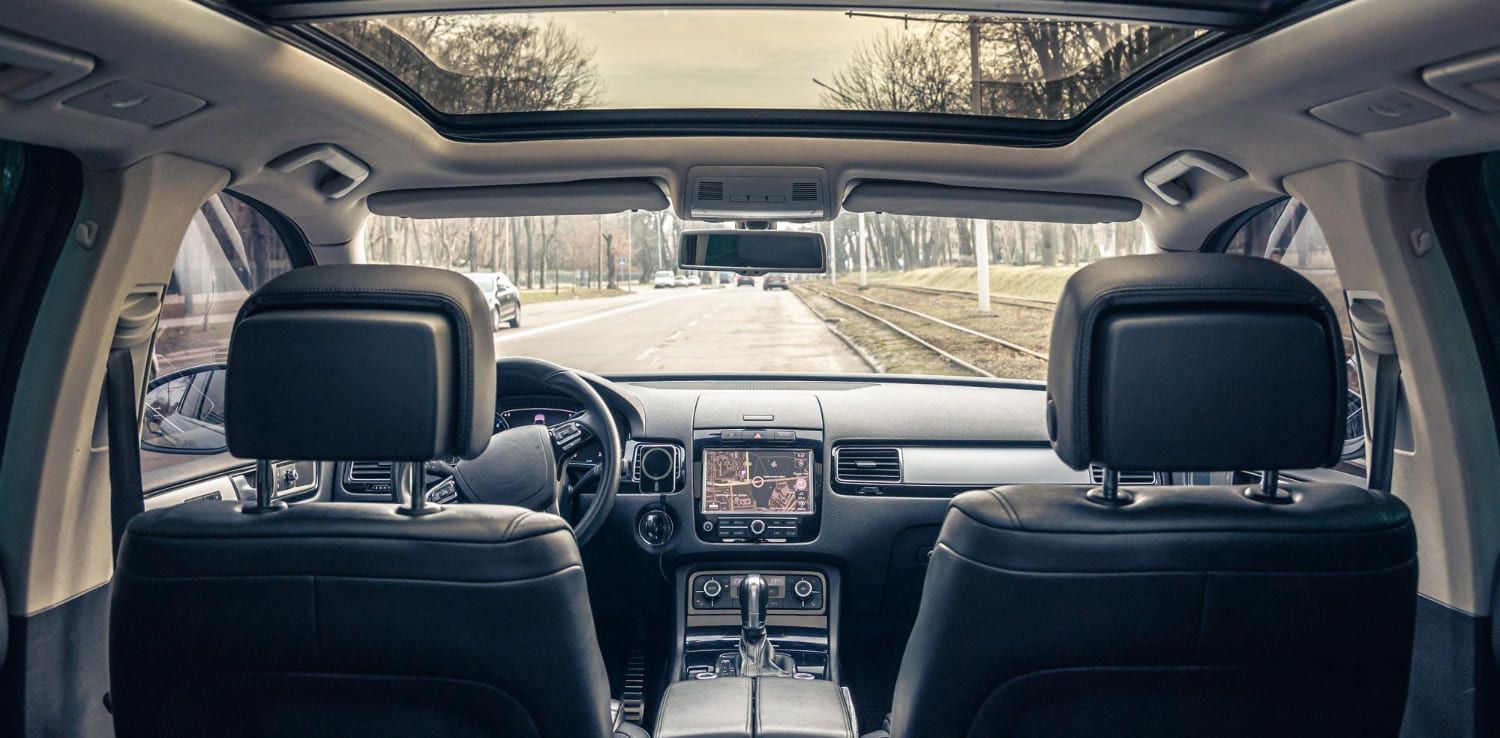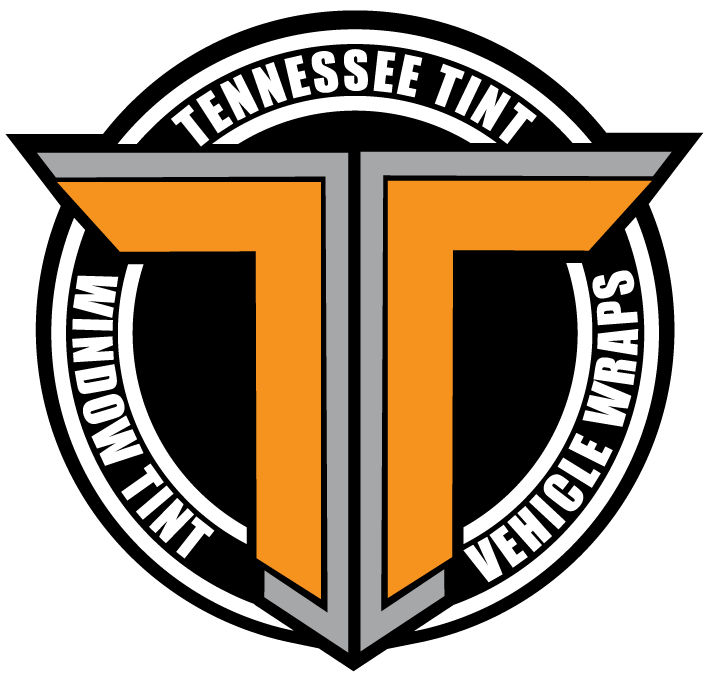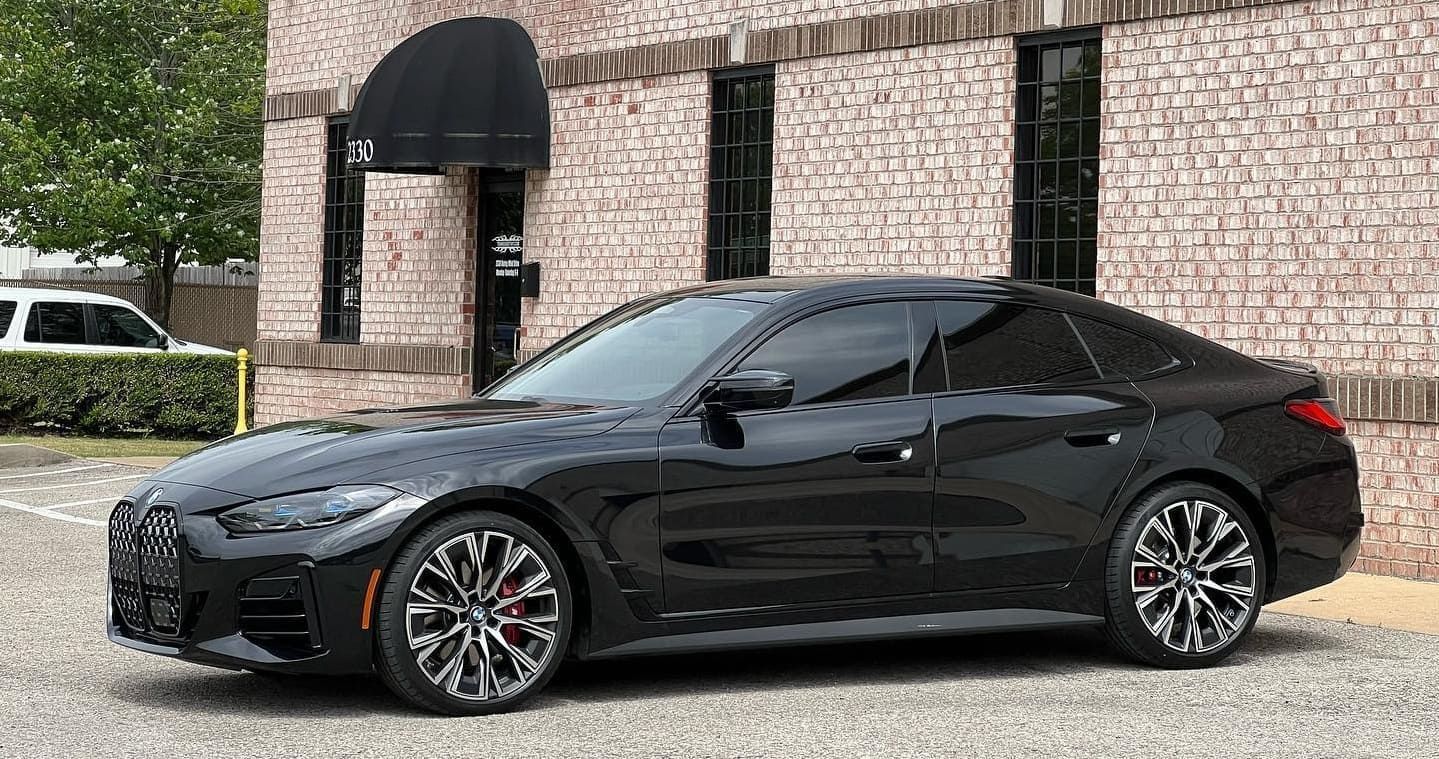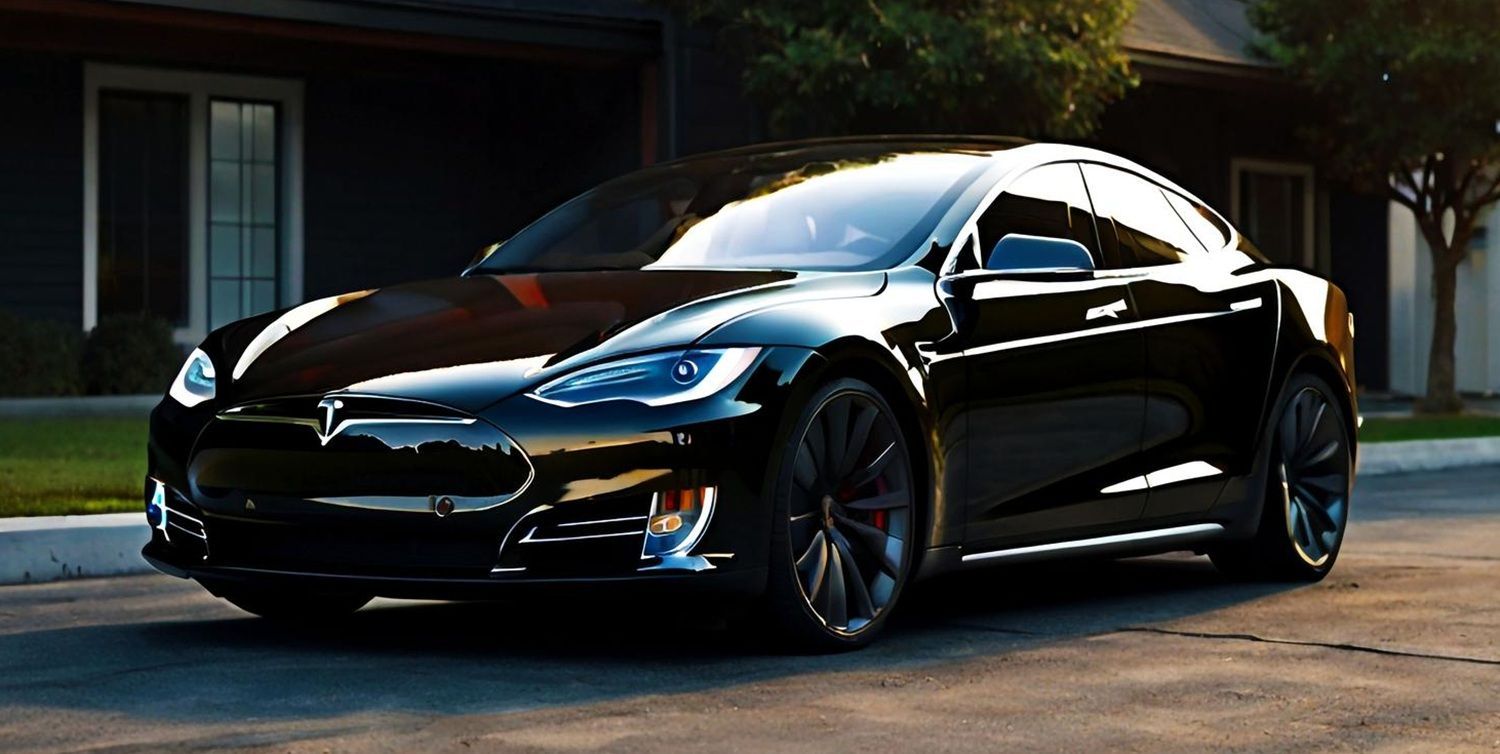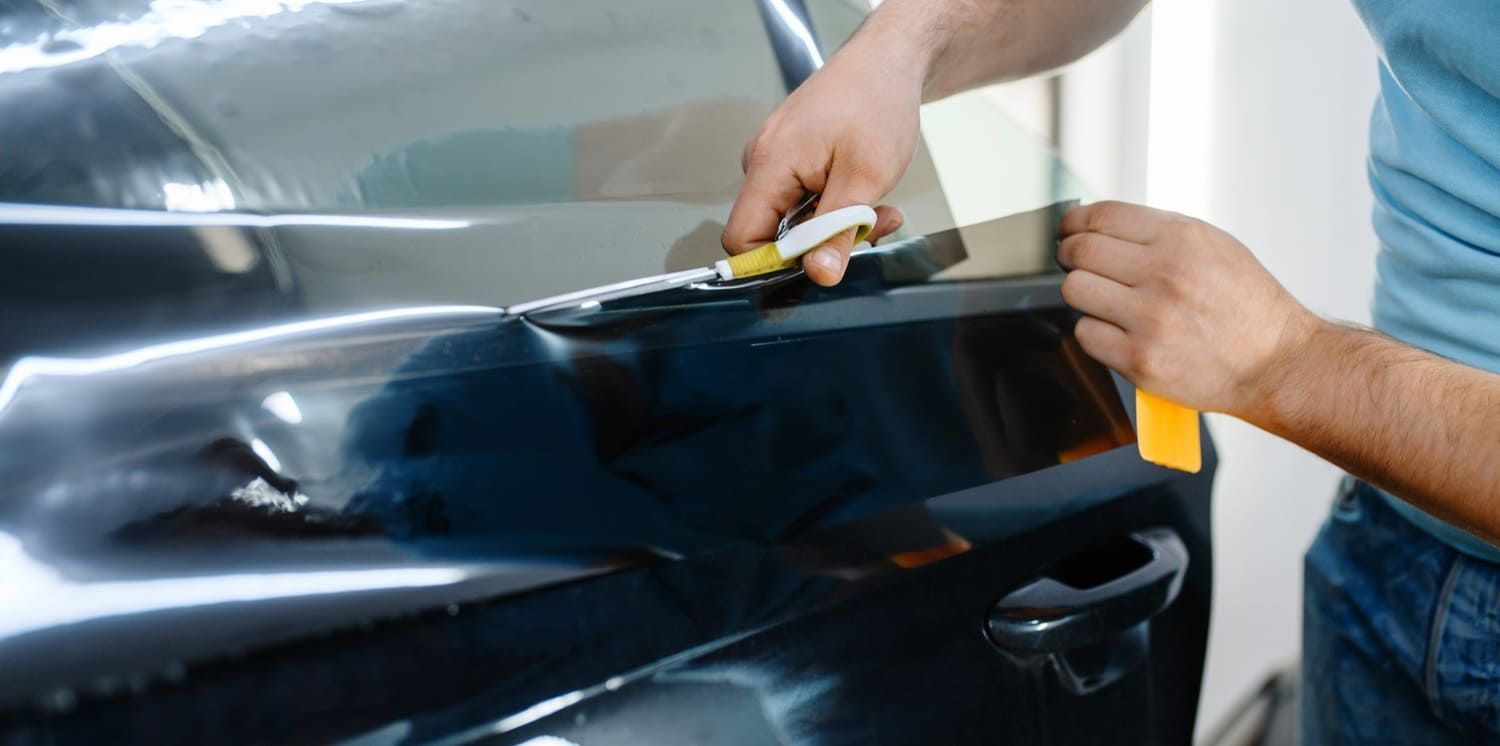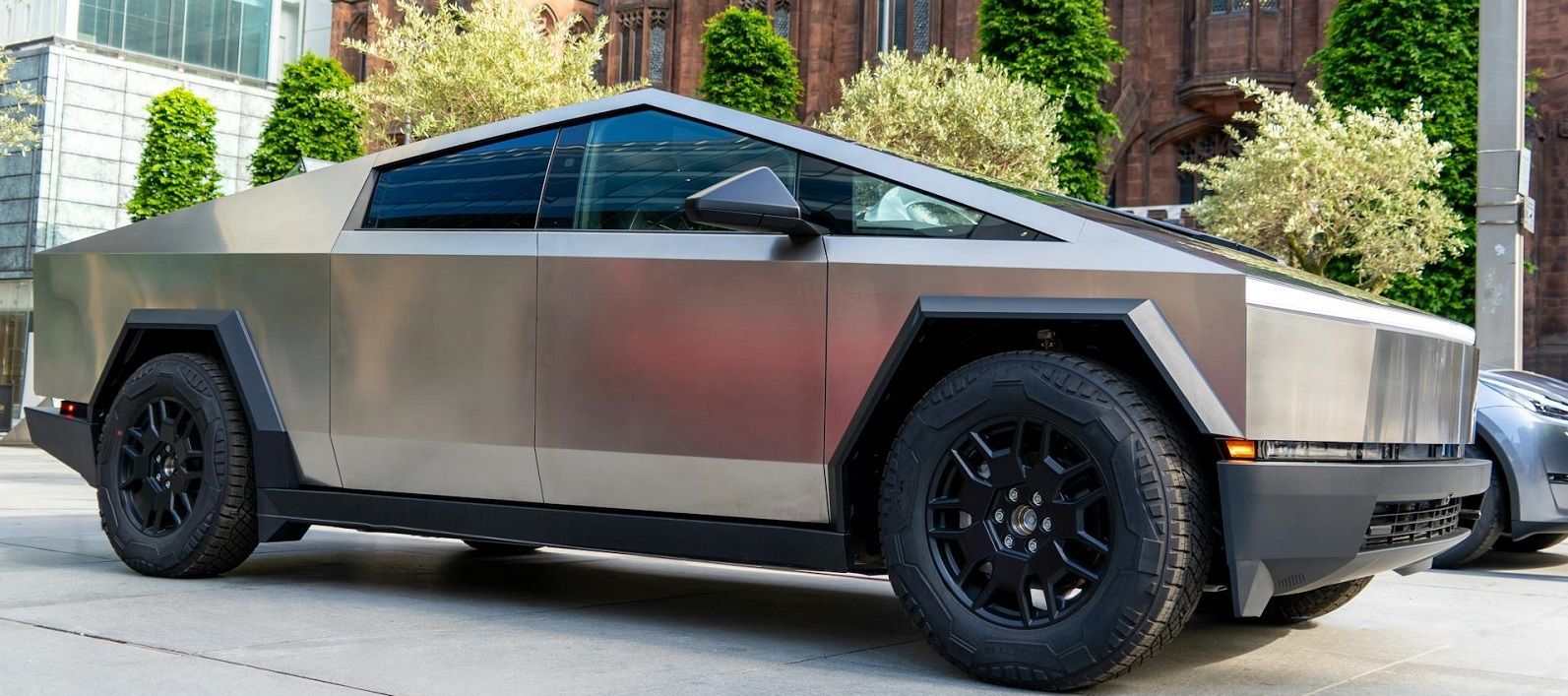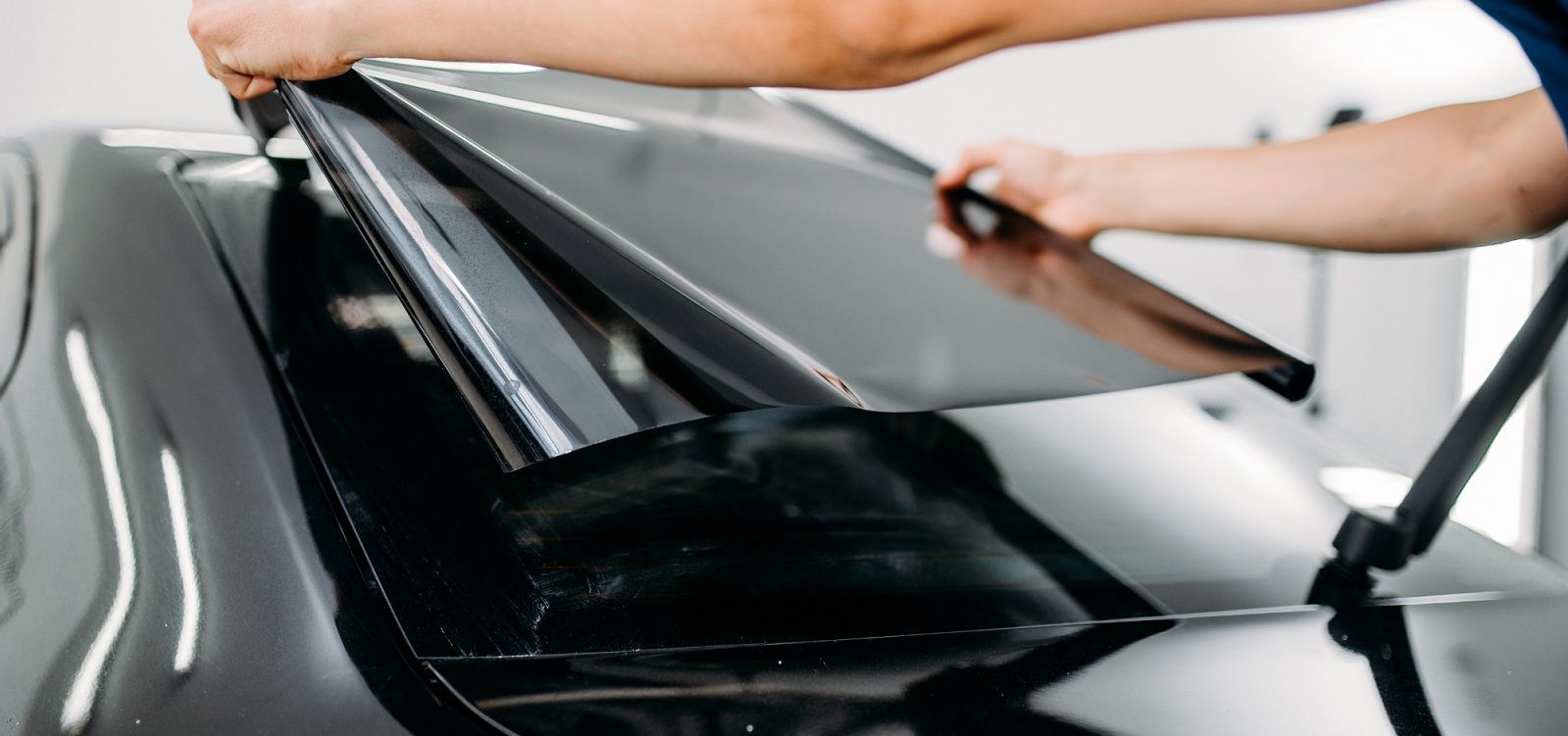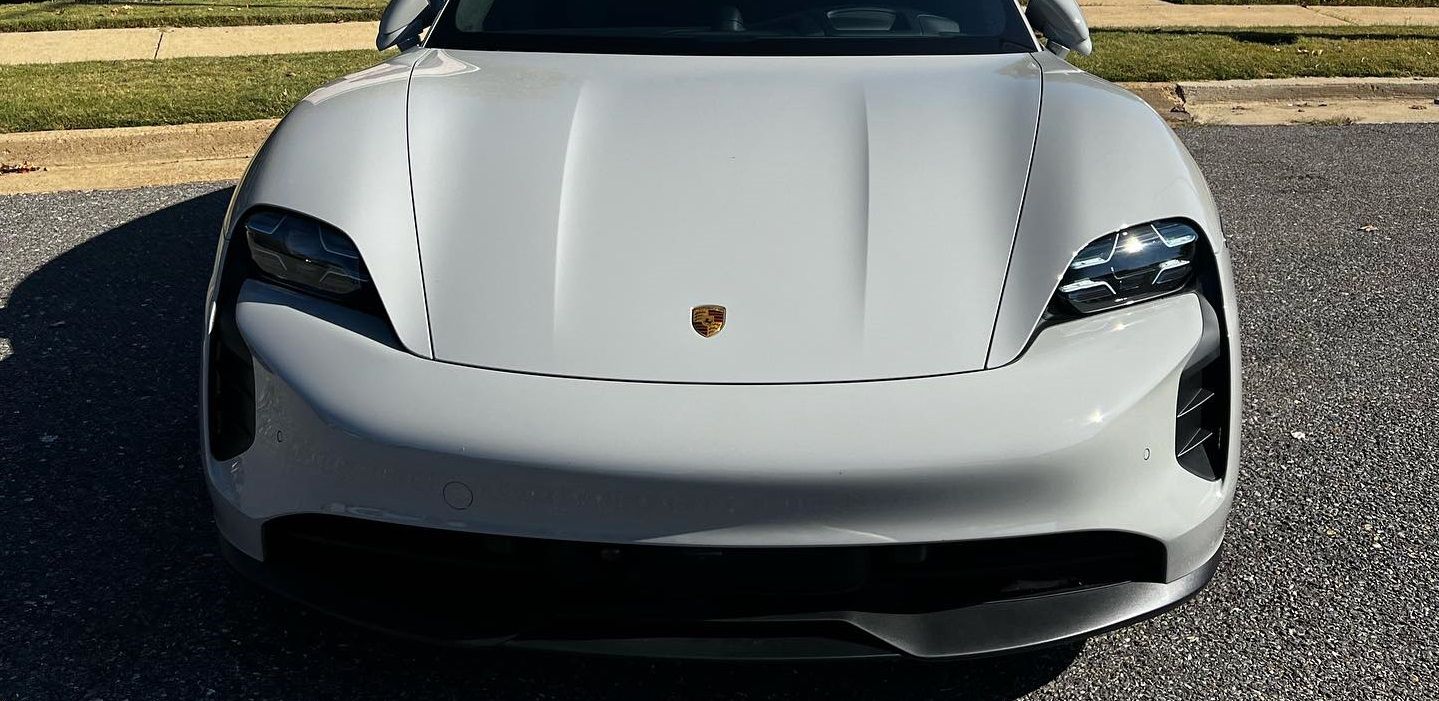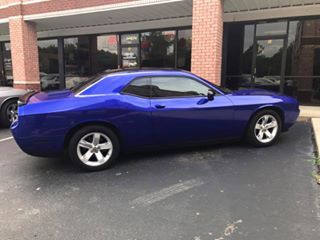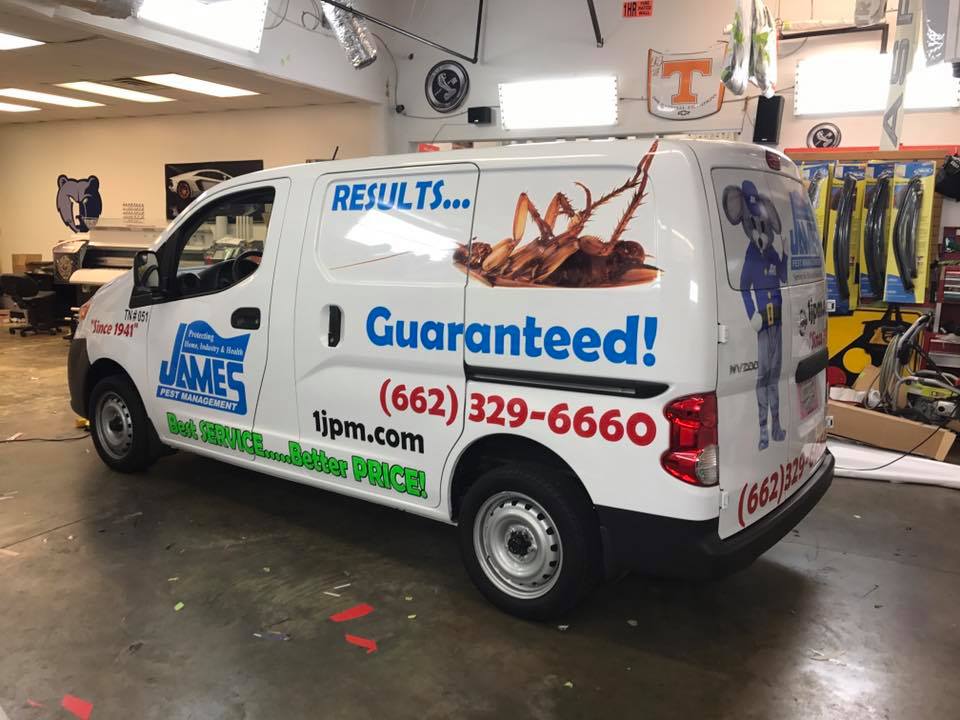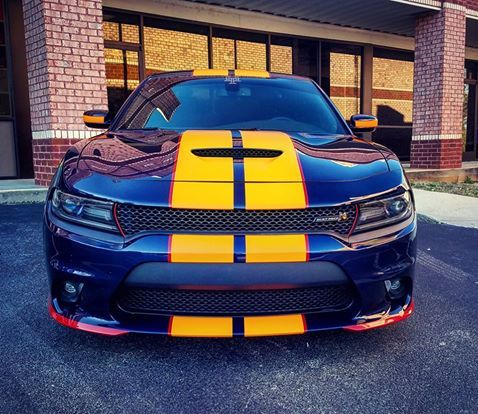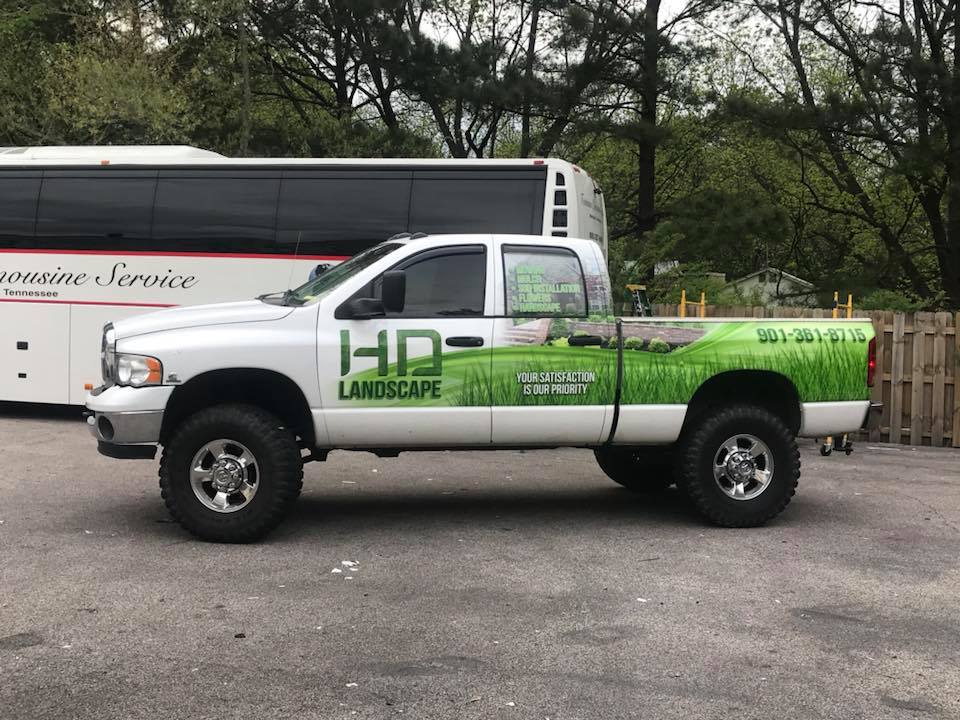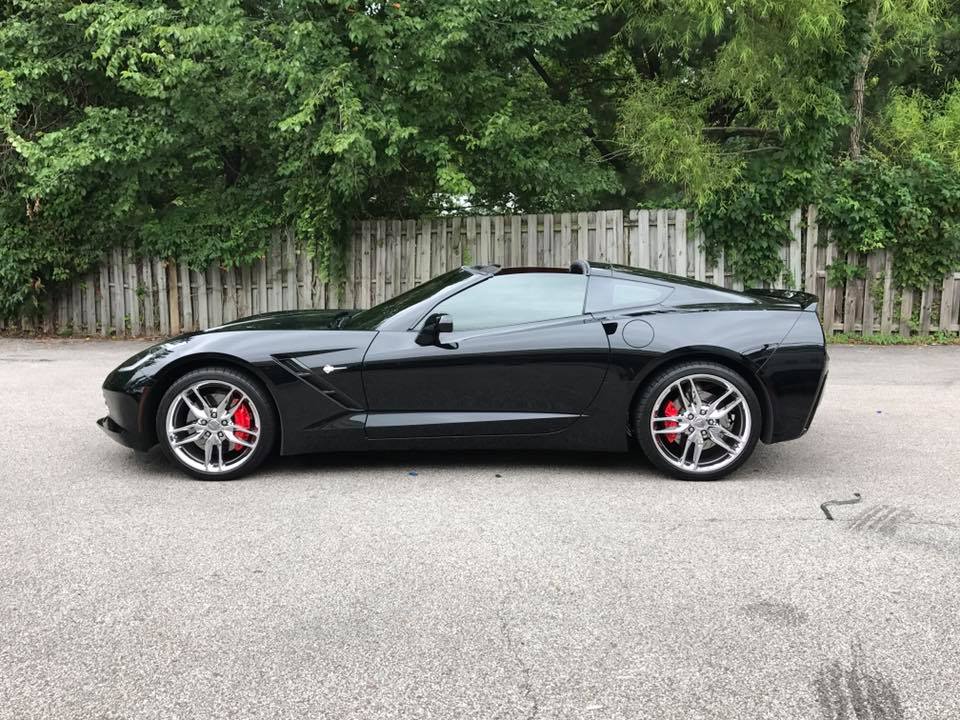Is Full PPF Coverage Better Than Partial Wraps?
Deciding between full PPF coverage and partial wraps can be a tough decision for car owners looking to protect their vehicle's paint. Paint protection film (PPF) is an excellent way to guard against scratches, rock chips, and other environmental damage, but understanding which option suits your needs best is crucial. In this article, we'll explore the differences between full PPF coverage and partial wraps, their benefits, and how to choose the right one for you. We'll delve into the specifics of what PPF is, the advantages and disadvantages of each option, and provide guidance on how to make the best choice based on individual needs and preferences.
Understanding the nuances of PPF coverage can not only help in safeguarding your vehicle but can also influence its aesthetic appeal and resale value. Whether you're a car enthusiast looking to maintain the pristine condition of your vehicle or simply seeking a practical solution to everyday wear and tear, this guide aims to equip you with the knowledge needed to make an informed decision. By the end of this article, you should have a clearer understanding of which type of PPF application aligns with your lifestyle and financial considerations.

What is Paint Protection Film (PPF)?
Paint Protection Film, commonly known as PPF, is a clear, durable film applied to the exterior surfaces of vehicles. It serves as a protective layer that shields the paint from damage caused by road debris, UV rays, and minor abrasions. The film is typically made from a thermoplastic urethane material, which is known for its resilience and longevity. PPF is commonly applied to high-impact areas of vehicles, but it can be used on virtually any painted surface for comprehensive protection.
Benefits of PPF Installation
- Scratch Resistance: PPF helps prevent minor scratches and swirl marks that can occur during routine cleaning and driving. These scratches, although often superficial, can accumulate over time and detract from the vehicle’s overall appearance. By acting as a barrier, PPF absorbs the impact of minor abrasions, maintaining the smooth finish of your car's paintwork.
- UV Protection: It protects the paint from fading and oxidation caused by harmful UV rays. Prolonged exposure to sunlight can lead to significant deterioration of a car's paint job, resulting in discoloration and dullness. PPF acts as a sunscreen for your vehicle, preserving its vibrant color and glossy finish.
- Self-Healing Properties: Many modern PPFs have self-healing properties that enable minor scratches to disappear with heat exposure. This means that any small imperfections caused by debris or washing can often be resolved simply by leaving the car in the sun or applying a little heat. This innovative feature not only enhances the film's longevity but also reduces the need for frequent maintenance.
- Maintains Resale Value: By preserving the original paint, PPF helps maintain the vehicle's resale value. A well-protected exterior is a key selling point for prospective buyers, as it suggests careful ownership and reduces the likelihood of needing costly paint repairs. Investing in PPF can be seen as a strategic move to safeguard your vehicle's future marketability.
Full PPF Coverage
Full PPF coverage involves applying the protective film to the entire surface of the vehicle. This means every painted area, from the hood to the trunk, is covered. Full coverage is often favored by luxury and high-performance car owners who seek to preserve every inch of their vehicle's exterior against potential damage. This comprehensive approach ensures that no part of the vehicle is left vulnerable to environmental hazards.
Advantages of Full Coverage
- Comprehensive Protection: Full coverage ensures that all parts of the vehicle are protected from potential damage. This all-encompassing shield means that even less obvious areas, which might still be exposed to wear and tear, are guarded against scratches, chips, and other forms of deterioration.
- Uniform Appearance: With full coverage, there's no visible distinction between protected and unprotected areas, resulting in a seamless look. This uniformity is particularly appealing for car owners who are concerned with maintaining the aesthetic integrity of their vehicle. Full coverage eliminates any potential for mismatched color tones or visible film edges, offering a flawless finish.
- Long-Term Investment: While more expensive upfront, full coverage offers complete protection, potentially saving money on future repairs. The initial cost can be justified by the reduction in repair expenses, as the film significantly lessens the chances of paint damage that would otherwise require professional attention.
Disadvantages of Full Coverage
- Higher Cost: Full PPF coverage is significantly more expensive than partial wraps due to the larger area covered. This option might be prohibitive for some car owners, especially those who are budget-conscious or have less expensive vehicles where the cost of full coverage might not be justifiable.
- Time-Consuming Installation: It requires more time and labor to apply, which could mean longer wait times for the owner. The installation process for full coverage is detailed and precise, necessitating a skilled technician to ensure optimal application and performance.
Partial Wraps
Partial wraps cover specific areas of the vehicle, usually the most vulnerable to damage, such as the front bumper, hood, and mirrors. This targeted approach is ideal for car owners looking to balance protection with cost efficiency, as it focuses on safeguarding the areas most likely to sustain damage from everyday driving.
Advantages of Partial Wraps
- Cost-Effective: Partial wraps are a more affordable option compared to full coverage. They offer a practical solution for those who want to protect their vehicle without committing to the higher expense of full coverage. This option allows for strategic protection where it is needed most.
- Focus on High-Risk Areas: They provide protection for the parts of the vehicle most susceptible to damage. This targeted protection means that the most vulnerable areas, like the front-facing surfaces that encounter the most debris, are shielded while other less susceptible areas remain uncovered.
- Faster Installation: Less time is required to install partial wraps, meaning quicker turnaround for the vehicle owner. This convenience is particularly beneficial for those who cannot afford to be without their vehicle for extended periods and need a speedy yet effective protective solution.
Disadvantages of Partial Wraps
- Limited Protection: Only certain areas are protected, leaving other parts of the vehicle exposed to potential damage. While the key areas are safeguarded, the remainder of the vehicle is still susceptible to scratches and other forms of wear.
- Potential for Visible Edges: The transition between protected and unprotected areas can be noticeable, which might not appeal to all car owners. This visible distinction can detract from the vehicle's overall appearance, especially if the edges of the film become more pronounced over time.

Choosing Between Full PPF Coverage and Partial Wraps
When deciding between full PPF coverage and partial wraps, consider the following factors:
Budget
Your budget will likely play a significant role in your decision. Full coverage offers more extensive protection but comes with a higher price tag. If budget constraints are a concern, partial wraps might be a more suitable option. It's essential to weigh the cost against the level of protection needed and the value of your vehicle to determine the most financially viable choice.
Vehicle Usage
Consider how you use your vehicle. If you frequently drive in areas with heavy road debris or harsh weather conditions, full coverage might be worth the investment. For those who primarily drive in urban settings with less exposure to environmental hazards, partial wraps could suffice. Assessing your driving environment can help you decide which coverage level will offer the most practical protection.
Aesthetic Preferences
Some car owners prefer the seamless look of full coverage, while others don't mind the visible edges of partial wraps. Decide which aesthetic you prefer and choose accordingly. Your personal taste and how much you value a flawless appearance will influence whether you opt for complete or partial protection.
Long-Term Goals
If you plan to keep your vehicle for many years, investing in full coverage might be beneficial for long-term protection. On the other hand, if you're considering selling or trading in your vehicle soon, a partial wrap could be a cost-effective choice to maintain its appearance and value. Understanding your long-term intentions with your vehicle can guide you in selecting the option that aligns with your future plans.
Finding PPF Installation Near You
When you're ready to invest in PPF, finding a reputable installer is crucial. Here are some tips for locating PPF installation services near you:
- Research Online: Use search engines to find "PPF near me" and read reviews from previous customers to assess the quality of service provided. Online research can give you a broad overview of available options and insight into the experiences of past clients.
- Visit Showrooms: Many car dealerships offer PPF installation services. Visiting a showroom can give you a better idea of the quality of their work. Seeing installations firsthand and speaking with professionals can provide clarity and confidence in your choice of installer.
- Ask for Recommendations: Reach out to friends, family, or car enthusiasts for recommendations on reliable PPF installers in your area. Personal referrals can be invaluable, as they often come from trusted sources who have firsthand experience with the service.
Conclusion
Choosing between full PPF coverage and partial wraps depends on various factors such as budget, vehicle usage, and personal preferences. At Tennessee Window Tint Co., proudly serving Memphis, TN, we help you navigate these choices with expert guidance and professional installation.
Both full and partial paint protection film (PPF) options offer valuable protection for your vehicle’s paint, helping preserve its appearance and resale value. By understanding the advantages and limitations of each, you can make an informed decision that aligns with your goals and lifestyle.
Contact Tennessee Window Tint Co. today for your free estimate and personalized consultation on the best PPF solution for your vehicle.
Whether you choose full coverage or a targeted partial wrap, investing in PPF is a smart step toward prolonging the life, beauty, and performance of your vehicle.
